Women Behind the Wheel, An Unexpected and Personal History of the Car
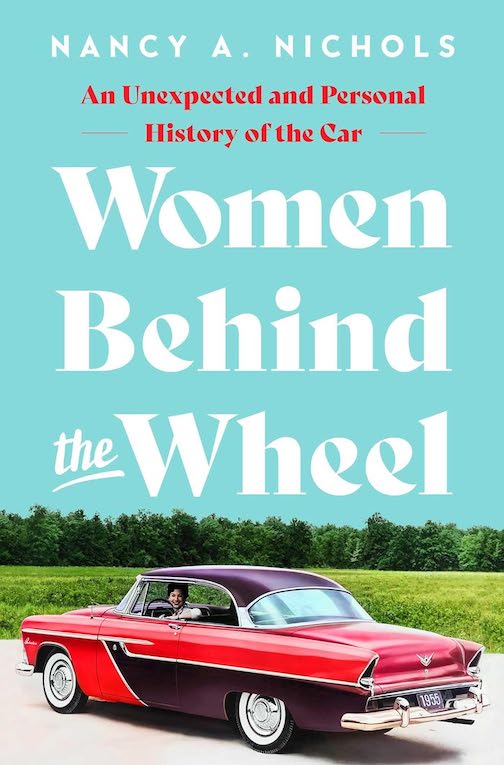 by Nancy A. Nichols
by Nancy A. Nichols
Women Behind the Wheel is the other book your commentator referred to (but not by title) in a prior review of cultural aspects as women interfaced with the then emerging automobile 1893–929. This book, however, begins with its author’s pre-teen years in the earliest 1970s as Nancy Nichols’ father had been a car salesman, predominately used cars. Telling of her dad’s and other family members’ experiences with various vehicles, progressing to when she’s old enough for them to be her own, Nichols explores the effects various cars have had on her life and that of others and, conversely, how auto manufacturers noticed the increasing numbers of women in the driver’s seat and responded.
Nichols’ editorial credentials are impressive. She served as a senior editor at The Harvard Business Review, a reporter for NPR’s Marketplace and also on the MacNeil/Lehrer Newshour. She’s also been successful having bylined articles published by The Nation, The Christian Science Monitor, and The Chicago Tribune and more.
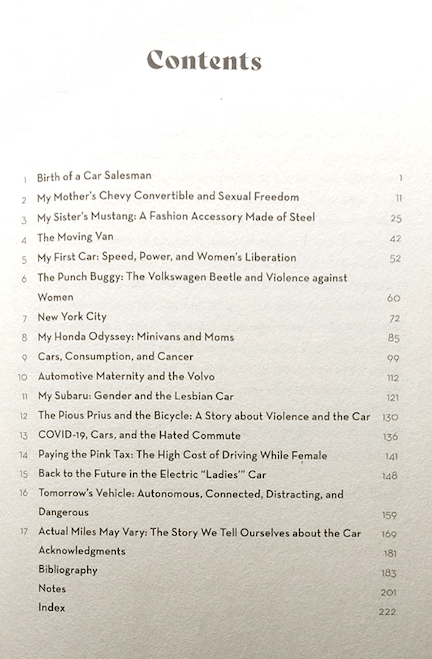 Nichols has written and published one prior book, as challenging to research and write as it is heart-rending to read—yet, hopefully an awakening for those who do read Lake Effect: Two Sisters and a Town’s Toxic Legacy. It was a decade-long project that Nichols tackled as it had been a deathbed request of her sister Sue, who along with her Mustang is told of in a chapter of this newer book.
Nichols has written and published one prior book, as challenging to research and write as it is heart-rending to read—yet, hopefully an awakening for those who do read Lake Effect: Two Sisters and a Town’s Toxic Legacy. It was a decade-long project that Nichols tackled as it had been a deathbed request of her sister Sue, who along with her Mustang is told of in a chapter of this newer book.
Sue’s request has its origins in their childhood in Waukegan, Illinois, an industrial town on Lake Michigan that attracted workers to its factory jobs and outdoor enthusiasts with its great fishing. Sue was sure there was a connection between the industrial pollution in their hometown and the rare cancer that was about to kill her. She asked Nichols to investigate and write about her findings. In what People Magazine called “a chilling indictment of how government and big business prized profits over health,” Nancy Nichols fulfilled her sister’s request with Lake Effect and today Waukegan is famous for its Superfund sites: poisoned by asbestos and PCBs.
Women Behind the Wheel may not be as important to world heath and its populations, but it is relevant with its observations regarding today’s culture and how we perceive our modes of transportation. As an example, Nichols told one interviewer that ”A now more widely talked about negative externality of cars is how much land is devoted to them. Roads, garages—how much actual earth it all takes up. Historically, in order to build, say, a shopping mall, you have been required to include a set number of parking spaces. I found examples of how those spaces were made much bigger than necessary, taking up more land, because the builders felt women couldn’t park well.”
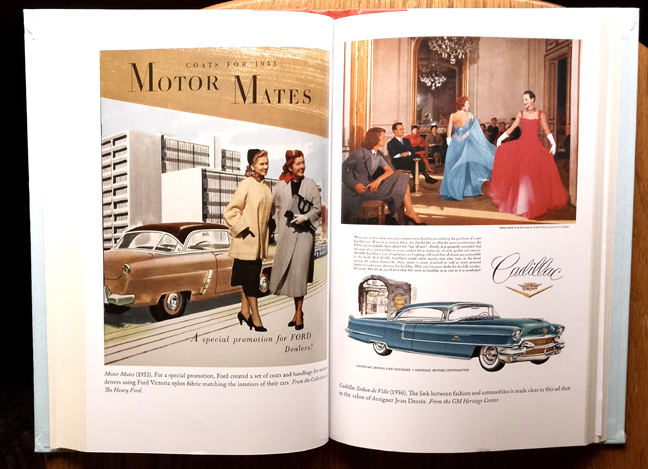
None of the images in the single eight-page photo insert are notable or exceptional so we share but one page pair with you. Of interest is that neither of the images are of cars of any era written about in the text although they both do show how two manufacturers structured advertisements to appeal to female buyers or female-influenced purchases.
Some of the specific makes and their models that become part of Nichols’ narrative to illustrate her points and observations include her mom’s Chevrolet Impala convertible and a couple of her brother’s cars, one of which was the dragster named The Moving Van that he raced. Other vehicles with tales woven around them or which they influenced run the gamut from a VW Beetle to a Volvo, a Subaru, minivans, and those that now need to be plugged in and recharged in order to be able to transport anyone or anything anywhere.
Nichols reflects on “obvious and not-so-obvious ways we, as women, have accommodated the car” including taking a “look at the stories about the car of the future about which,” she writes “I am both hopeful and skeptical” as she believes that “stories tell us not just what to do with the technology, they also tell us how to feel about it. . . . But only rarely,” she adds “have women been the authors of their own stories about the car, especially in the collective popular culture.” Her thoughts are written to engage her readers even as they encourage pausing to think “about all that the car has done for us and done to us.”
Copyright 2024 Helen V Hutchings (speedreaders.info)


 RSS Feed - Comments
RSS Feed - Comments
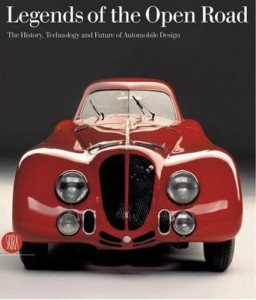



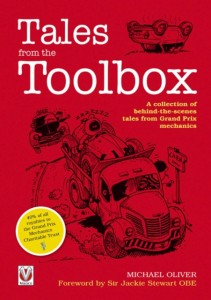
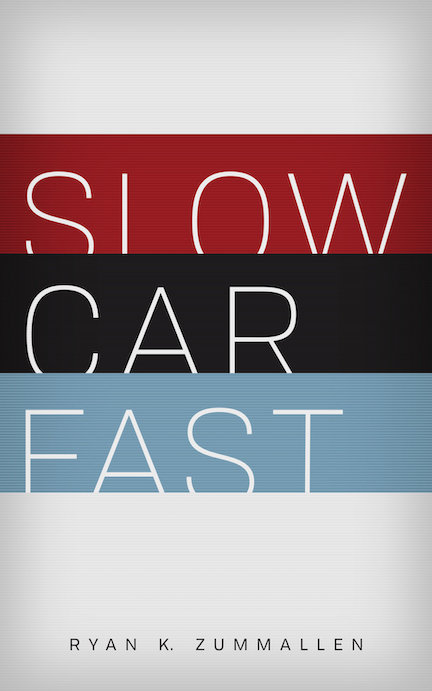

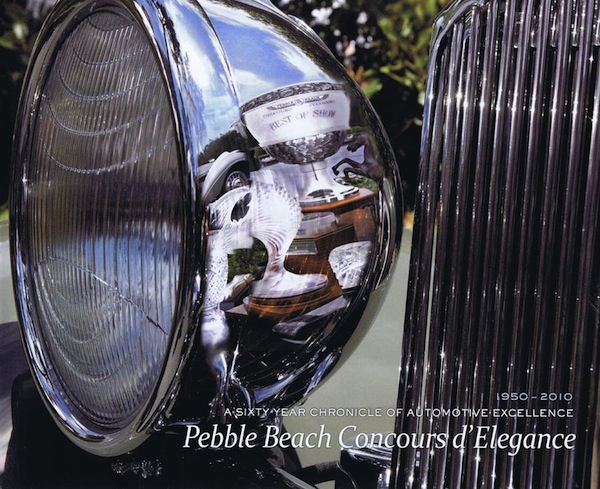








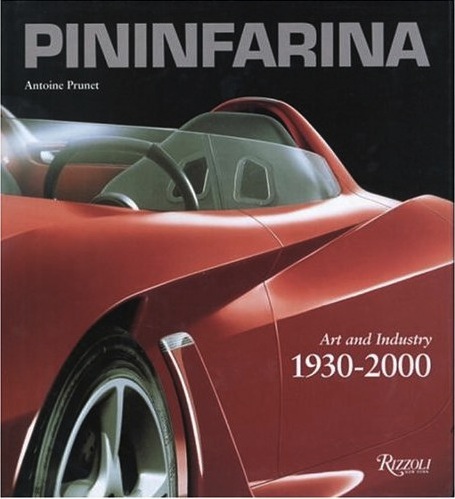


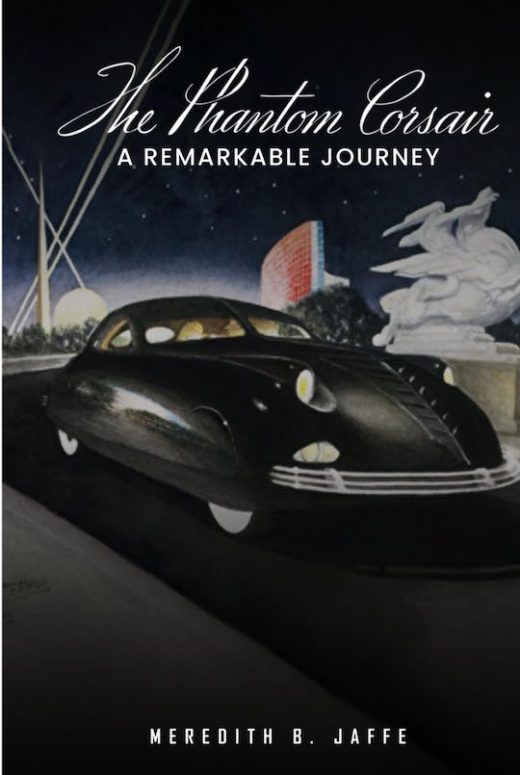




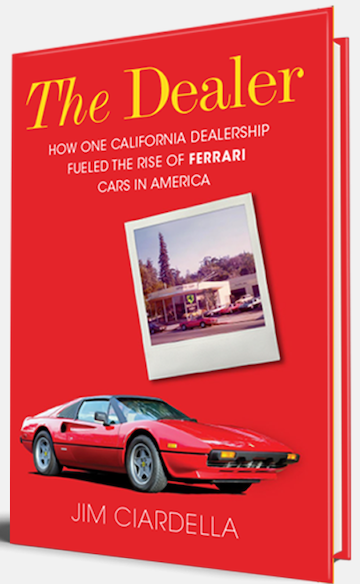

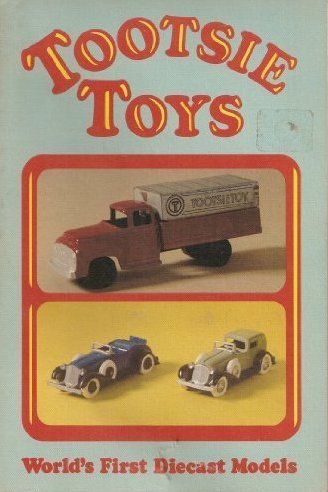


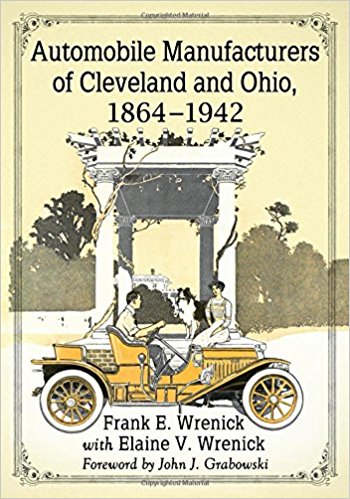
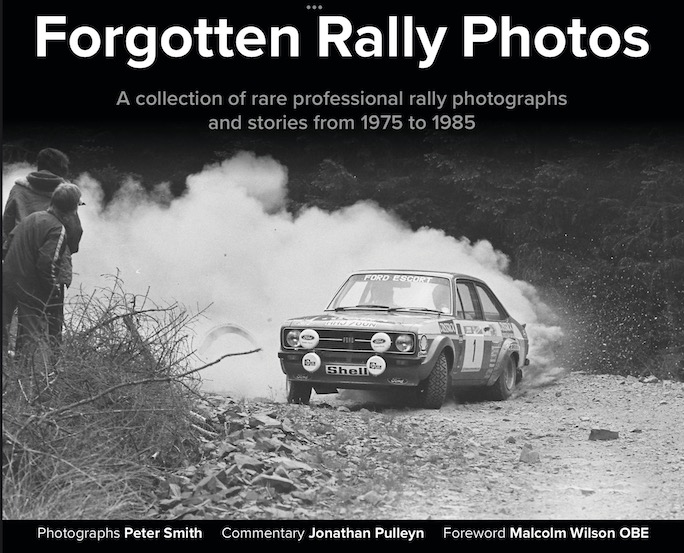





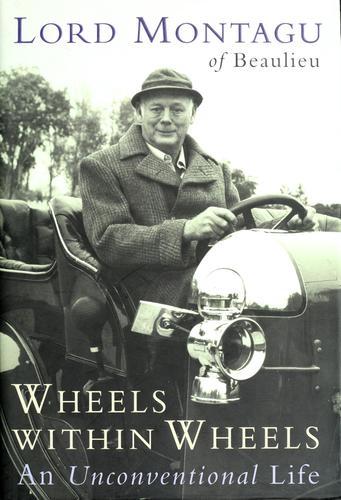

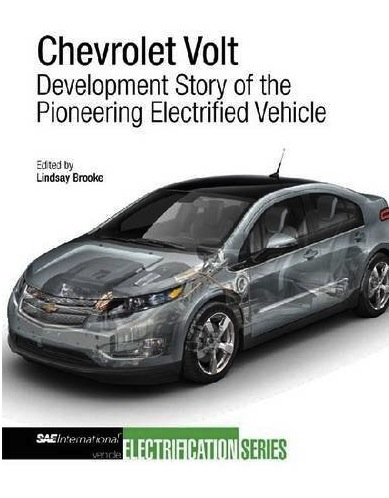



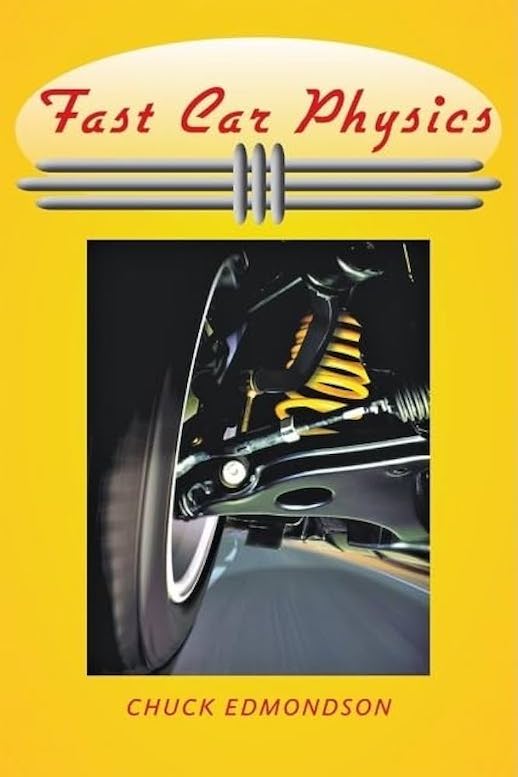
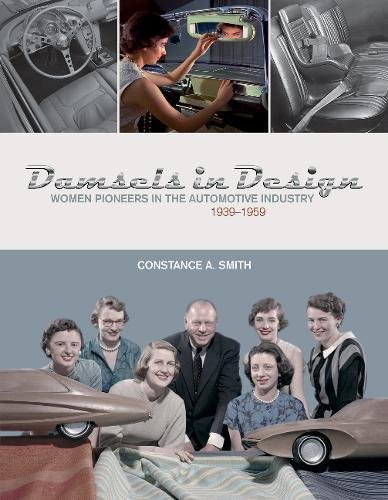
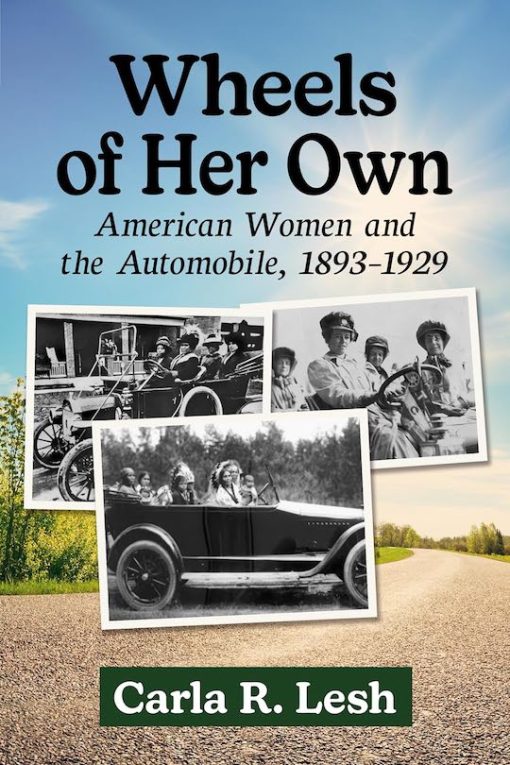









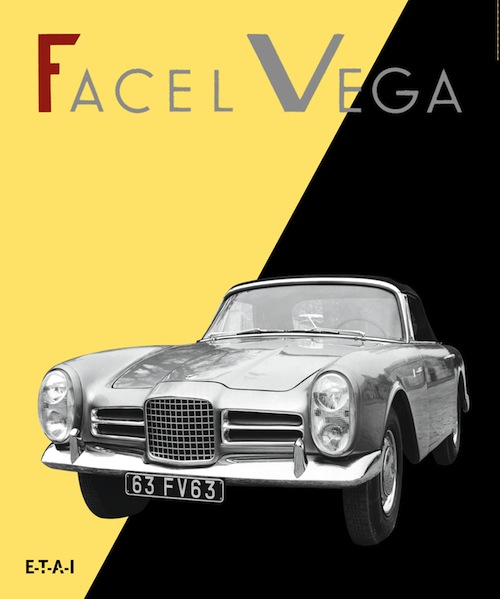











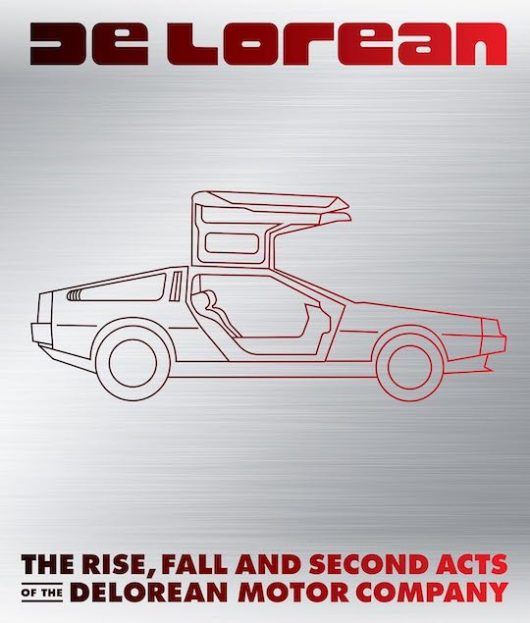


 Phone / Mail / Email
Phone / Mail / Email RSS Feed
RSS Feed Facebook
Facebook Twitter
Twitter